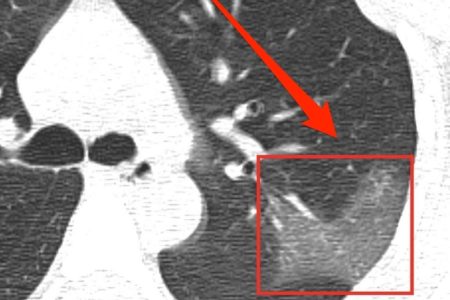April 2, 2020 – Early in March Chinese researchers acknowledged they had successfully treated four COVID-19 patients after providing them with stem cell treatments in a clinical trial. When I read this I was totally skeptical. How can stem cells combat a viral infection? Conventional stem cell therapies involve harvesting them from a patient or donor and introducing them to areas of the body where they differentiate to repair damaged organs, or reverse some autoimmune diseases.
But COVID-19?
The Chinese research team claimed to have developed a new stem-cell drug, CAStem, and witnessed its effectiveness in animal studies. A clinical trial involving four patients described as suffering from a severe “inflammatory storm” produced by the immune system’s response to the infection and causing more lung damage than the virus itself. An infusion of CAStem aimed at repairing the cellular damage within the lungs involved injections of three different stem cells, embryonic, lung, and mesenchymal.
In another clinical trial, Dr. Kunlin Jin, at The University of North Texas Health Science Center in Fort Worth, working with a Chinese hospital infused ten patients, seven receiving mesenchymal stem cells, and three receiving a placebo. Dr. Jin states, the “study showed that intravenous infusion of clinical-grade human mesenchymal stem cells is a safe and efficient approach for treating patients with COVID-19 pneumonia, including in elderly patients displaying severe pneumonia.” The seven who received mesenchymal stem cells were discharged from hospital after 14 days. Those receiving the placebo had different results: one died, one developed a more severe case of COVID-19, and the last developed Acute Respiratory Distress Syndrome (ARDS), a lung condition that requires ventilation. The trial results were published March 13th in the journal, Aging and Disease.
So what can you determine from these two trials? Not much. The four and seven who underwent the stem cell infusions may have been at less risk than the three in the second study given the placebo. The stem cell recipients may have recovered with or without the infusion. That’s why one or two clinical trials with so few participants do not make for proven therapies.
The Chinese aren’t alone in proposing and trying out stem cell therapies to help with COVID-19 patients. Cleveland, Ohio-based, Athersys, has developed MultiStem for patients suffering from ARDS. A placebo-controlled clinical trial treating ARDS patients with MultiStem while on ventilators has demonstrated a faster recovery rate than those on ventilators without the infusion.
Australia’s Mesoblast is also working on a treatment for patients with ARDS using remestemcel-L made from cultured mesenchymal stem cells drawn from a bone marrow donor and infused. A 60-patient randomized controlled study has been done with patients suffering from chronic obstructive pulmonary disease (COPD). The company states that the same inflammatory biomarkers found in COPD is also present in COVID-19 suggesting their stem cell therapy could prove effective The COPD study results are to be published shortly.
Mesoblast may not, as of yet, have its own COVID-19 clinical trial on the go, but it appears that stem cell therapies to treat patients infected with the virus are popping out of the woodwork with as many as 80 clinical trials on the go or planned.
The body of evidence for the effectiveness of stem cell treatment of COVID-19 is still far in the future. Canada’s Stem Cell Network recently issued a statement in which it refuted claims of stem cell therapies for COVID-19 stating, “we strongly oppose the marketing of unproven therapies,” and cautioning those who read about miracle stem cell COVID-19 cures. The Network advises to visit the World Health Organization’s (WHO) global COVID-19 research site where there is a database about the virus that includes the latest clinical trials and not just ones using stem cells.
















